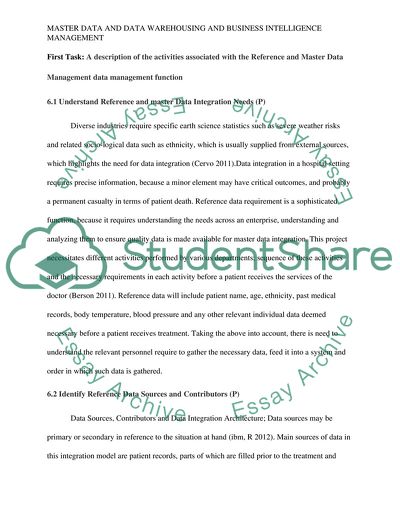Cite this document
(“Master data and data warehousing and business intelligence management Essay”, n.d.)
Retrieved from https://studentshare.org/information-technology/1674437-master-data-and-data-warehousing-and-business-intelligence-management
Retrieved from https://studentshare.org/information-technology/1674437-master-data-and-data-warehousing-and-business-intelligence-management
(Master Data and Data Warehousing and Business Intelligence Management Essay)
https://studentshare.org/information-technology/1674437-master-data-and-data-warehousing-and-business-intelligence-management.
https://studentshare.org/information-technology/1674437-master-data-and-data-warehousing-and-business-intelligence-management.
“Master Data and Data Warehousing and Business Intelligence Management Essay”, n.d. https://studentshare.org/information-technology/1674437-master-data-and-data-warehousing-and-business-intelligence-management.


